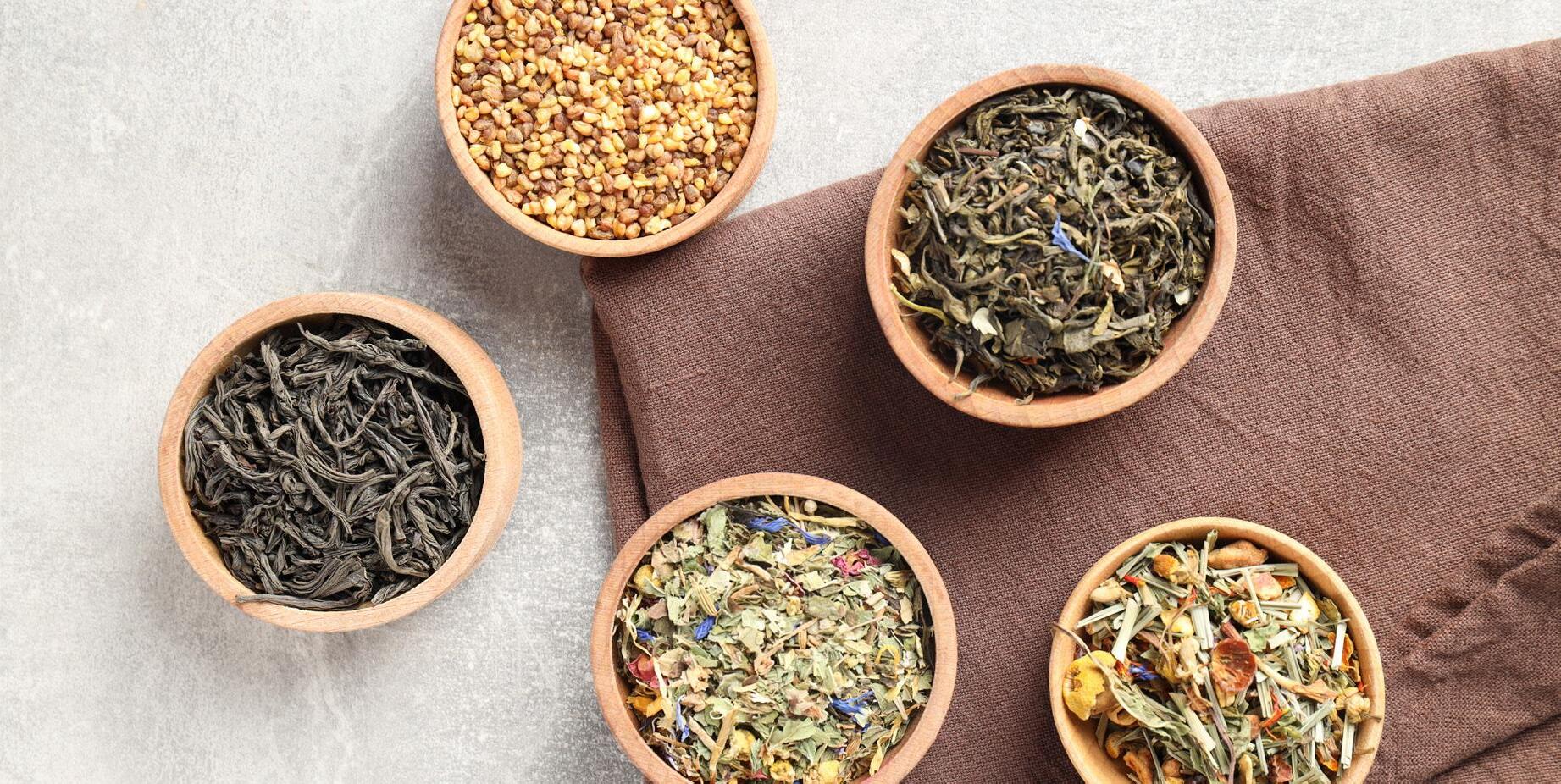
5 minute read
AND LEMON GRASS PRAWN SKEWERS
INGREDIENTS
• 24 peeled medium green prawns (tails intact)
• 1/3 cup lime marmalade
• 2 garlic cloves, crushed
• 1 stalk lemongrass, trimmed, thinly sliced
• 3 green onions, cut into 4cm lengths
• 1 large lime, cut into 8 wedges
• 2 tsp vegetable oil
• Extra lime wedges, to serve
• Mint leaves, to serve
Coconut snow pea rice
• 1 1/2 cups jasmine rice
• 165ml can coconut milk
• 2cm piece fresh ginger, peeled
• 100g snow peas, trimmed, thinly sliced diagonally
• 1/4 cup fresh mint leaves, shredded
METHOD
1. Place prawns in a glass or ceramic bowl. Add marmalade, garlic and lemongrass. Season with salt and pepper. Toss well to coat. Set aside for 10 minutes.
2. Meanwhile, make Coconut snow pea rice: Place rice, coconut milk, ginger and 1 1/2 cups cold water in a medium heavy- based saucepan. Stir well. Cover. Bring to the boil over high heat. Reduce heat to low. Simmer for 10 minutes or until liquid is just absorbed and rice is tender. Fluff rice with a fork. Stir in snow peas. Set aside, partially covered, for 10 minutes. Stir in mint.
3. While rice is standing, thread prawns and onion onto 8 skewers. Thread 1 lime wedge onto end of each skewer. Drizzle with oil.
4. Heat a chargrill pan or barbecue chargrill on medium heat. Cook skewers for 2 to 3 minutes each side or until prawns are pink and cooked through. Serve with rice, extra lime wedges and mint leaves.
Herbs have long been valued for their culinary, medicinal, and aromatic qualities. Growing your own herbs at home offers a fresh supply of these versatile plants, but to make the most of your harvest, it’s essential to know when and how to pick and preserve them. Whether you’re growing basil, rosemary, thyme, or parsley, understanding the best practices for harvesting and drying herbs will help you maintain their rich favours and potent properties throughout the year.

The Best Time to Harvest Herbs Timing is crucial when it comes to harvesting herbs. To get the most favour and potency, you’ll want to harvest at the right moment in their growth cycle.
1. Morning Harvests: The best time to harvest herbs is in the early morning, after the dew has evaporated but before the sun’s heat intensifes. At this time, essential oils—the compounds responsible for the aroma and favour of herbs—are at their peak.
2. Pre-Flowering Stage: For most herbs, the optimal time to harvest is just before they fower. As herbs fower, they start diverting energy from leaf production to seed production, which can reduce the concentration of essential oils in the leaves. Keep an eye on your plants, and when you see buds beginning to form, it’s time to start harvesting.
3. Leaf-by-Leaf or Entire Plant: Depending on the herb and your needs, you can harvest individual leaves or entire sprigs. For perennial herbs like thyme or rosemary, you can harvest sprigs throughout the growing season. For annuals like basil or cilantro, you may want to gather the entire plant before the frst frost.


How to Harvest Herbs Properly
Proper harvesting techniques not only preserve the quality of the herbs but also ensure that your plants remain healthy and productive.
1. Use Sharp Scissors or Pruning Shears: Always use sharp, clean scissors or pruning shears to cut herbs. This will ensure a clean cut and reduce the risk of damaging the plant or introducing disease.
2. Don’t Strip Too Much: When harvesting perennial herbs, avoid taking more than one-third of the plant at a time. This will allow the plant to continue growing and producing more leaves throughout the season.
3. Focus on New Growth: Harvest from the top of the plant, where the youngest and most favourful leaves are located. This will encourage the plant to produce more branches and leaves, promoting bushier growth.
Storing Dried Herbs
Proper storage is crucial to maintaining the potency of your dried herbs. After drying, herbs should be stored in airtight containers like glass jars or metal
Once you’ve harvested your herbs, the next step is to preserve them through drying. Drying herbs allows you to enjoy their favours year-round, even after the growing season has ended. There are several methods to dry herbs, each with its own advantages.
1. AIR DRYING HERBS
Air drying is one of the simplest and most traditional methods for drying herbs. It works best for herbs with low moisture content, such as rosemary, thyme, oregano, and sage.
• Step 1: Gather the herbs into small bunches. Tie the stems together with string or twine, ensuring the bunches are not too thick to prevent Mold formation.
• Step 2: Hang the bunches upside down in a warm, dry, and well-ventilated area. Keep them out of direct sunlight, as too much heat can cause the essential oils to evaporate.
• Step 3: Allow the herbs to dry for about 1 to 2 weeks. You’ll know they’re ready when the leaves crumble easily between your fngers.
• Step 4: Strip the leaves from the stems and store them in airtight containers away from light and heat.
2.
Oven Drying Herbs
tins. Keep them in a cool, dark place, away from sunlight and heat, as exposure to light and moisture can degrade their favour over time. Ideally, use dried herbs within a year for the best favour, though some herbs may last longer.
Using Dried Herbs in the Kitchen
Once dried, herbs become a versatile addition to your kitchen pantry. Use them to season soups, stews, meats, or vegetable dishes. As a general rule, dried herbs are more concentrated in favour than fresh herbs, so you’ll need about onethird the amount of dried herbs when substituting them for fresh ones in recipes.
Conclusion
Harvesting and drying herbs is a rewarding process that allows you to enjoy the fresh favours of your garden year-round. By knowing when and how to harvest your herbs and selecting the right drying method, you can preserve their essence and favour, ensuring that your kitchen remains stocked with homegrown goodness even in the off-season.
If you’re short on time or live in a humid climate, drying herbs in the oven is a faster method. This method is especially good for herbs like basil, parsley, and mint, which have higher moisture content.
• Step 1: Preheat your oven to the lowest possible temperature (ideally between 32°C and 45°C).
• Step 2: Spread the herb leaves in a single layer on a baking sheet lined with parchment paper. Be sure the leaves are not overlapping.
• Step 3: Place the tray in the oven with the door slightly open to allow moisture to escape.
• Step 4: Check the herbs every 10 to 15 minutes to ensure they’re drying evenly. Most herbs will take between 1 to 2 hours to dry completely.
• Step 5: Remove the leaves when they crumble easily, let them cool, and store in an airtight container.
3. DEHYDRATOR DRYING
Using a food dehydrator is a more controlled way to dry herbs, and it’s ideal for those who regularly preserve large batches of herbs. A dehydrator allows for consistent airfow and temperature, which can help preserve the favour and colour of your herbs.
• Step 1: Arrange the herb leaves in a single layer on the dehydrator trays.
• Step 2: Set the dehydrator to its lowest temperature setting (around 35°C to 45°C for delicate herbs, and up to 125°F for sturdier herbs).
• Step 3: Check the herbs after 1 to 4 hours. The drying time will vary depending on the moisture content of the herb and the effciency of the dehydrator.
• Step 4: Once dried, store the herbs in airtight containers to retain their favour.
















